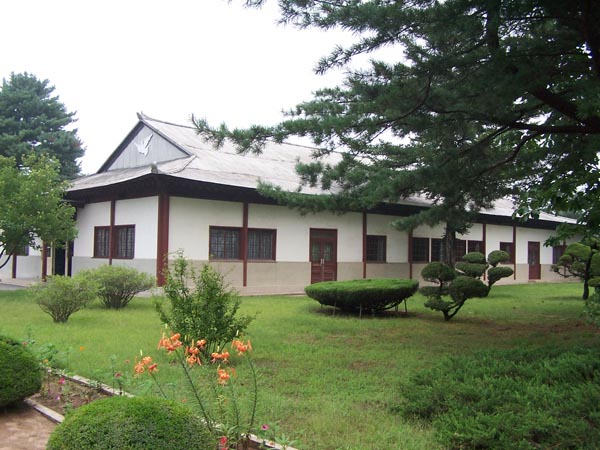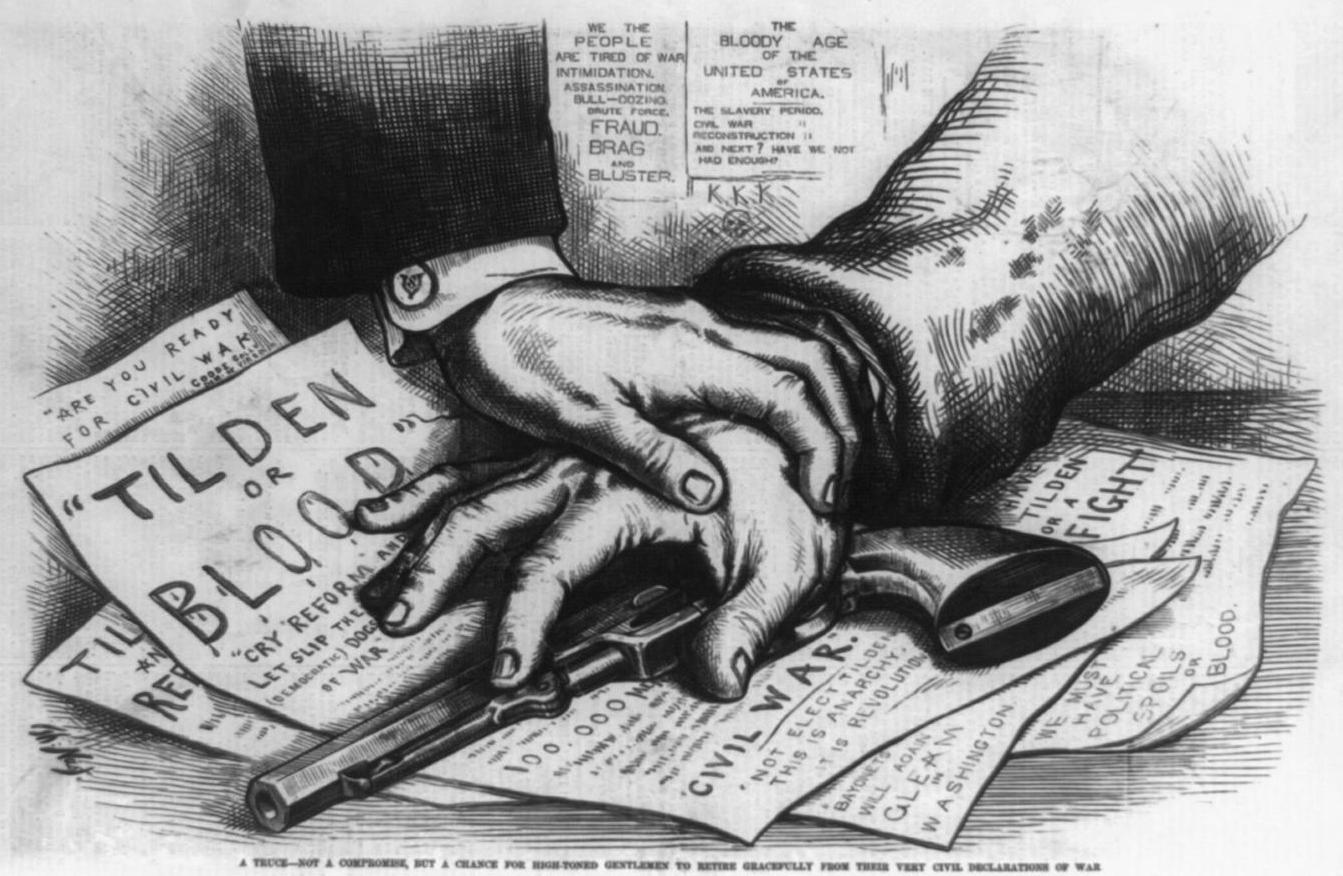|
Armistice
An armistice is a formal agreement of warring parties to stop fighting. It is not necessarily the end of a war, as it may constitute only a cessation of hostilities while an attempt is made to negotiate a lasting peace. It is derived from the Latin ''arma'', meaning "arms" (as in weapons) and ''-stitium'', meaning "a stopping". The United Nations Security Council often imposes, or tries to impose, ceasefire resolutions on parties in modern conflicts. Armistices are always negotiated between the parties themselves and are thus generally seen as more binding than non-mandatory UN cease-fire resolutions in modern international law. An armistice is a '' modus vivendi'' and is not the same as a peace treaty, which may take months or even years to agree on. The 1953 Korean War Armistice Agreement is a major example of an armistice which has not been followed by a peace treaty. An armistice is also different from a truce or ceasefire, which refer to a temporary cessation of ho ... [...More Info...] [...Related Items...] OR: [Wikipedia] [Google] [Baidu] |
Armistice Of 11 November 1918
The Armistice of 11 November 1918 was the armistice signed in a railroad car, in the Compiègne Forest near the town of Compiègne, that ended fighting on land, at sea, and in the air in World War I between the Entente and their last remaining opponent, Germany. Previous armistices had been agreed with Bulgaria, the Ottoman Empire and Austria-Hungary. It was concluded after the German government sent a message to American president Woodrow Wilson to negotiate terms on the basis of a recent speech of his and the earlier declared " Fourteen Points", which later became the basis of the German surrender at the Paris Peace Conference, which took place the following year. Also known as the Armistice of Compiègne (, ) from the town near the place where it was officially agreed to at 5:00 a.m. by the Allied Supreme Commander, French Marshal Ferdinand Foch, it came into force at 11:00 a.m. Central European Time (CET) on 11 November 1918 and marked a vic ... [...More Info...] [...Related Items...] OR: [Wikipedia] [Google] [Baidu] |
Korean War Armistice Agreement
The Korean Armistice Agreement (; zh, t=韓國停戰協定 / 朝鮮停戰協定) is an armistice that brought about a cessation of hostilities of the Korean War. It was signed by United States Army Lieutenant General William Harrison Jr. and General Mark W. Clark representing the United Nations Command (UNC), North Korea leader Kim Il Sung and General Nam Il representing the Korean People's Army (KPA), and Peng Dehuai representing the Chinese People's Volunteer Army (PVA). The armistice was signed on 27 July 1953, and was designed to "ensure a complete cessation of hostilities and of all acts of armed force in Korea until a final peaceful settlement is achieved." During the 1954 Geneva Conference in Switzerland, Chinese Premier and foreign minister Zhou Enlai suggested that a peace treaty should be implemented on the Korean peninsula. However, the US secretary of state, John Foster Dulles, did not accommodate this attempt to achieve such a treaty. A final peace settlement ... [...More Info...] [...Related Items...] OR: [Wikipedia] [Google] [Baidu] |
List Of Armistices
An armistice is a formal agreement of warring parties to stop fighting. It is not necessarily the end of a war, as it may constitute only a cessation of hostilities while an attempt is made to negotiate a lasting peace. It is derived from the Latin Latin ( or ) is a classical language belonging to the Italic languages, Italic branch of the Indo-European languages. Latin was originally spoken by the Latins (Italic tribe), Latins in Latium (now known as Lazio), the lower Tiber area aroun ... ''arma'', meaning "arms" (as in weapons) and ''-stitium'', meaning "a stopping". This list of armistices is a general overview of notable armistice treaties. Pre-19th century 19th century Early 20th century During World War I After World War I Mid-20th century Before World War II During World War II After World War II Late 20th century Early 21st century References {{Reflist * Lists of treaties ... [...More Info...] [...Related Items...] OR: [Wikipedia] [Google] [Baidu] |
Remembrance Day
Remembrance Day (also known as Poppy Day owing to the tradition of wearing a remembrance poppy) is a memorial day observed in Commonwealth of Nations, Commonwealth member states since the end of the First World War to honour armed forces members who have died in the line of duty. The day is also marked by war remembrances in several other non-Commonwealth countries. In most countries, Remembrance Day is observed on 11 November to recall the end of First World War hostilities. Hostilities ended "at the 11th hour of the 11th day of the 11th month" of 1918, in accordance with Armistice with Germany (Compiègne), the armistice signed by representatives of Germany and the Entente between 5:12 and 5:20 that morning. ("At the 11th hour" refers to the ''passing'' of the 11th hour, or 11:00 am.) The First World War formally ended with the signing of the Treaty of Versailles on 28 June 1919. The tradition of Remembrance Day evolved out of Armistice Day. The initial Armistice Day ... [...More Info...] [...Related Items...] OR: [Wikipedia] [Google] [Baidu] |
World War I
World War I or the First World War (28 July 1914 – 11 November 1918), also known as the Great War, was a World war, global conflict between two coalitions: the Allies of World War I, Allies (or Entente) and the Central Powers. Fighting took place mainly in European theatre of World War I, Europe and the Middle Eastern theatre of World War I, Middle East, as well as in parts of African theatre of World War I, Africa and the Asian and Pacific theatre of World War I, Asia-Pacific, and in Europe was characterised by trench warfare; the widespread use of Artillery of World War I, artillery, machine guns, and Chemical weapons in World War I, chemical weapons (gas); and the introductions of Tanks in World War I, tanks and Aviation in World War I, aircraft. World War I was one of the List of wars by death toll, deadliest conflicts in history, resulting in an estimated World War I casualties, 10 million military dead and more than 20 million wounded, plus some 10 million civilian de ... [...More Info...] [...Related Items...] OR: [Wikipedia] [Google] [Baidu] |
Veterans Day
Veterans Day (originally known as Armistice Day) is a federal holiday in the United States observed annually on November 11, for honoring military veterans of the United States Armed Forces. It coincides with holidays in several countries, including Armistice Day and Remembrance Day, which also occur on the anniversary of the end of World War I. Major hostilities of World War I were formally ended at the 11th hour of the 11th day of the 11th month of 1918 when the Armistice with Germany went into effect. At the urging of major U.S. veteran organizations, Armistice Day was renamed Veterans Day in 1954. Veterans Day is distinct from Memorial Day, a U.S. public holiday in May: Veterans Day commemorates the service of all U.S. veterans, while the older Memorial Day, which grew out of Civil War commemorations, specifically honors those who have died while in military service. Another military holiday that also occurs in May, Armed Forces Day, honors those currently serving in t ... [...More Info...] [...Related Items...] OR: [Wikipedia] [Google] [Baidu] |
Armistices
An armistice is a formal agreement of warring parties to stop fighting. It is not necessarily the end of a war, as it may constitute only a cessation of hostilities while an attempt is made to negotiate a lasting peace. It is derived from the Latin ''arma'', meaning "arms" (as in weapons) and ''-stitium'', meaning "a stopping". The United Nations Security Council often imposes, or tries to impose, ceasefire resolutions on parties in modern conflicts. Armistices are always negotiated between the parties themselves and are thus generally seen as more binding than non-mandatory UN cease-fire resolutions in modern international law. An armistice is a ''modus vivendi'' and is not the same as a peace treaty, which may take months or even years to agree on. The 1953 Korean War Armistice Agreement is a major example of an armistice which has not been followed by a peace treaty. An armistice is also different from a truce or ceasefire, which refer to a temporary cessation of hostilit ... [...More Info...] [...Related Items...] OR: [Wikipedia] [Google] [Baidu] |
Truce
A ceasefire (also known as a truce), also spelled cease-fire (the antonym of 'open fire'), is a stoppage of a war in which each side agrees with the other to suspend aggressive actions often due to mediation by a third party. Ceasefires may be between state actors or involve non-state actors. Ceasefires may be declared as part of a formal treaty but also as part of an informal understanding between opposing forces. They may occur via mediation or otherwise as part of a peace process or be imposed by United Nations Security Council resolutions via Chapter VII of the United Nations Charter. A ceasefire can be temporary with an intended end date or may be intended to last indefinitely. A ceasefire is distinct from an armistice in that the armistice is a formal end to a war whereas a ceasefire may be a temporary stoppage. The immediate goal of a ceasefire is to stop violence but the underlying purposes of ceasefires vary. Ceasefires may be intended to meet short-term limited need ... [...More Info...] [...Related Items...] OR: [Wikipedia] [Google] [Baidu] |
Cessation Of Hostilities
A ceasefire (also known as a truce), also spelled cease-fire (the antonym of 'open fire'), is a stoppage of a war in which each side agrees with the other to suspend aggressive actions often due to mediation by a third party. Ceasefires may be between state actors or involve non-state actors. Ceasefires may be declared as part of a formal treaty but also as part of an informal understanding between opposing forces. They may occur via mediation or otherwise as part of a peace process or be imposed by United Nations Security Council resolutions via Chapter VII of the United Nations Charter. A ceasefire can be temporary with an intended end date or may be intended to last indefinitely. A ceasefire is distinct from an armistice in that the armistice is a formal end to a war whereas a ceasefire may be a temporary stoppage. The immediate goal of a ceasefire is to stop violence but the underlying purposes of ceasefires vary. Ceasefires may be intended to meet short-term limited needs ... [...More Info...] [...Related Items...] OR: [Wikipedia] [Google] [Baidu] |
German Empire
The German Empire (),; ; World Book, Inc. ''The World Book dictionary, Volume 1''. World Book, Inc., 2003. p. 572. States that Deutsches Reich translates as "German Realm" and was a former official name of Germany. also referred to as Imperial Germany, the Second Reich or simply Germany, was the period of the German Reich; . from the unification of Germany in 1871 until the German revolution of 1918–1919, November Revolution in 1918, when the German Reich changed its form of government from a monarchy to a Weimar Republic, republic. The German Empire consisted of States of the German Empire, 25 states, each with its own nobility: four constituent Monarchy, kingdoms, six Grand duchy, grand duchies, five Duchy, duchies (six before 1876), seven Principality, principalities, three Free imperial city, free Hanseatic League, Hanseatic City-state, cities, and Alsace–Lorraine, one imperial territory. While Prussia was one of four kingdoms in the realm, it contained about two-thirds ... [...More Info...] [...Related Items...] OR: [Wikipedia] [Google] [Baidu] |
Compiègne
Compiègne (; ) is a Communes of France, commune in the Oise Departments of France, department of northern France. It is located on the river Oise (river), Oise, and its inhabitants are called ''Compiégnois'' (). Administration Compiègne is the seat of two canton in France, cantons: * Canton of Compiègne-1, Compiègne-1 (with 19 communes and part of Compiègne) * Canton of Compiègne-2, Compiègne-2 (with 16 communes and part of Compiègne) History by year * 665 - Saint Wilfrid was consecrated Bishop of York. Wilfrid refused to be consecrated in Northumbria at the hands of Anglo-Saxon bishops. Deusdedit of Canterbury, Deusdedit, Archbishop of Canterbury, had died, and as there were no other bishops in Britain whom Wilfrid considered to have been validly consecrated, he travelled to Compiègne, to be consecrated by Agilbert, the Bishop of Paris. * 757 - Byzantine emperor Constantine V sent to Compiègne a gift for Pepin the Short : France's first organ. * 833 - Louis the Pious ... [...More Info...] [...Related Items...] OR: [Wikipedia] [Google] [Baidu] |





